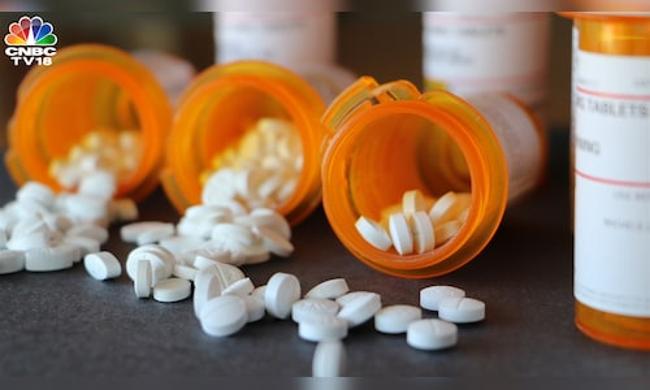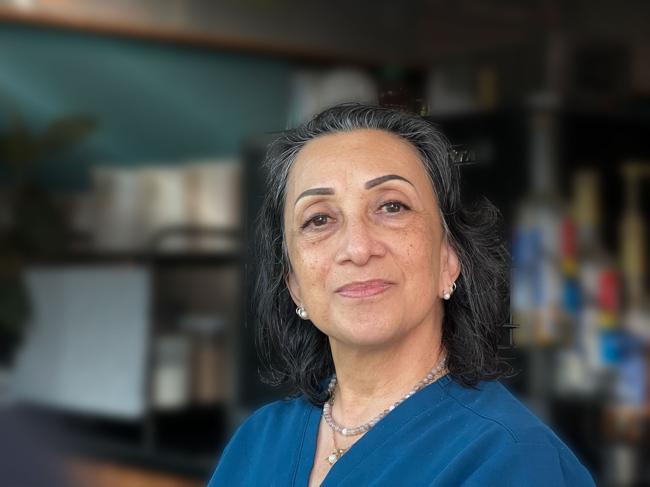Summary
Indias pharmaceutical sector grew 7.8% in April 2025, driven by exports, innovation, and government schemes, reinforcing its role as a global supplier of affordable medicines and vaccines.
Source: CNBCTV18

AI News Q&A (Free Content)
Q1: What are the main factors contributing to India's 7.8% pharmaceutical sector growth in April 2025, and how does this impact global healthcare costs?
A1: India's 7.8% pharmaceutical sector growth in April 2025 was primarily driven by increased exports, innovation, and government support schemes. As the world’s largest supplier of generic medicines—accounting for 20% of global supply—India helps reduce global healthcare costs by providing affordable alternatives to branded drugs, particularly in regulated markets like the US, UK, and EU.
Q2: How do India's pharmaceutical exports influence the affordability and accessibility of medicines worldwide?
A2: India's pharmaceutical exports, valued at $25.3 billion in FY 2022-23, make essential medicines more affordable and accessible in both developed and developing countries. With Indian generics constituting a significant share of the global market, they help lower treatment costs for chronic and infectious diseases, thereby expanding access to healthcare for millions globally.
Q3: What role do government schemes and policies play in fostering innovation and reducing healthcare costs in India's pharmaceutical sector?
A3: Government initiatives such as production-linked incentive (PLI) schemes and support for research and development have encouraged pharmaceutical innovation and domestic production, reducing dependency on imports. These policies increase efficiency, boost exports, and help keep drug prices low, which in turn helps reduce healthcare costs for consumers and public health systems.
Q4: What challenges do Indian pharmaceutical companies face in developing and marketing biosimilar medicines, and how do these impact healthcare costs?
A4: Indian companies face regulatory hurdles, repetitive clinical trials, and increased costs in developing biosimilars due to divergent global frameworks. These challenges delay approvals and raise development expenses, limiting the availability of affordable biosimilars and slowing potential reductions in healthcare costs. Streamlined regulations could accelerate access to these cost-saving medicines.
Q5: How has India's position as a major vaccine manufacturer contributed to global health, especially in terms of healthcare cost savings?
A5: India produces over 60% of the world’s vaccines by volume, supplying affordable vaccines to international organizations and low- and middle-income countries. This contribution has been vital in reducing the cost of immunization campaigns and controlling the spread of infectious diseases globally, translating into significant long-term healthcare cost savings.
Q6: What does recent scholarly research indicate about the relationship between generic medicine availability in India and overall healthcare affordability?
A6: Recent studies confirm that the availability of generic medicines produced in India substantially improves healthcare affordability by reducing the cost of treatment for both acute and chronic conditions. This effect is particularly pronounced in low- and middle-income countries, where healthcare budgets are constrained and access to branded medicines is limited.
Q7: How did non-pharmaceutical interventions in India during the COVID-19 pandemic affect healthcare system costs, according to recent research?
A7: Research shows that India's use of non-pharmaceutical interventions, such as lockdowns and contact tracing, helped manage healthcare system demands during COVID-19. While these measures imposed short-term economic burdens, they prevented overwhelming the healthcare infrastructure, ultimately reducing the long-term costs associated with uncontrolled outbreaks.
References:
- Pharmaceutical industry in India - https://en.wikipedia.org/wiki/Pharmaceutical_industry_in_India





